Ignition Seed Company
Carolina Reaper (Red) Seeds
Carolina Reaper (Red) Seeds
Couldn't load pickup availability
General
General
Dare to take on the Carolina Reaper, the world-renowned chilli pepper that sets taste buds ablaze and proudly holds the title of the world's hottest chilli pepper. This fiery cultivar hails from South Carolina, USA, and was crafted through cross-breeding by Ed Currie of the PuckerButt Pepper Company. The Carolina Reaper's astounding Scoville Heat Unit (SHU) rating of 1.8 million to 2.2 million has secured its place in the Guinness World Records.
Cultivation
Cultivation
The journey of cultivating your own Carolina Reaper plants starts with selecting a suitable location. These chilli plants thrive in warm, sunny spots with well-drained soil. Ensure that the soil pH lies between 6.0 and 7.0 and is enriched with organic matter to improve fertility. As the plants grow, keep an eye out for any signs of pests or diseases and take prompt action to protect your fiery crop.
Growing
Growing
Carolina Reaper plants boast a spreading habit and typically reach heights of 60-90cm. Their large, slightly lobed, dark green leaves provide a fitting backdrop for their abundant yield of 5-7cm long pods. Initially green, the pods mature to a vibrant red hue. Though Carolina Reapers are slow growers, they reward patient gardeners with an impressive harvest when cultivated in favourable conditions. Be sure to water the plants regularly, but avoid over-watering to prevent root rot.
Harvesting
Harvesting
When the pods reach their characteristic bright red colour, it's time to harvest your Carolina Reapers. Employ caution when handling these potent peppers—wear gloves and wash your hands thoroughly after contact to avoid skin and eye irritation. Once harvested, the pods can be preserved through drying, freezing or processing into sauces and powders, ensuring a steady supply of scorching heat for your culinary creations.
Heat Levels
Heat Levels
The Carolina Reaper's unparalleled heat levels are attributed to capsaicin, the compound responsible for chilli pepper spiciness. When consuming these peppers or incorporating them into dishes, be prepared for an intense, unforgettable experience that will test your tolerance for spice.
Pests and Diseases
Pests and Diseases
Though moderately resistant, Carolina Reaper plants can fall prey to aphids, whiteflies, and spider mites. Maintain cleanliness around your plants and remove affected leaves promptly. Applying a neem oil spray can help deter these pests and safeguard your plants' health.
Dishes
Dishes
Unleash the Carolina Reaper's powerful heat in a variety of dishes, from hot sauces and salsas to soups, curries, and even cocktails. The sky's the limit when it comes to incorporating these chilli peppers into your meals, but always remember to handle them with care and adjust the quantity to suit your spice tolerance.
| Heat Level: | 1,800,000 – 2,200,000 SHUs |
| Type: |
Extreme |
| Species: | Capsicum Chinense |
| Origin: |
USA |
| Days to Harvest: | 100+ days |
| Seeds per Pack: | 10+ pepper seeds |
Share
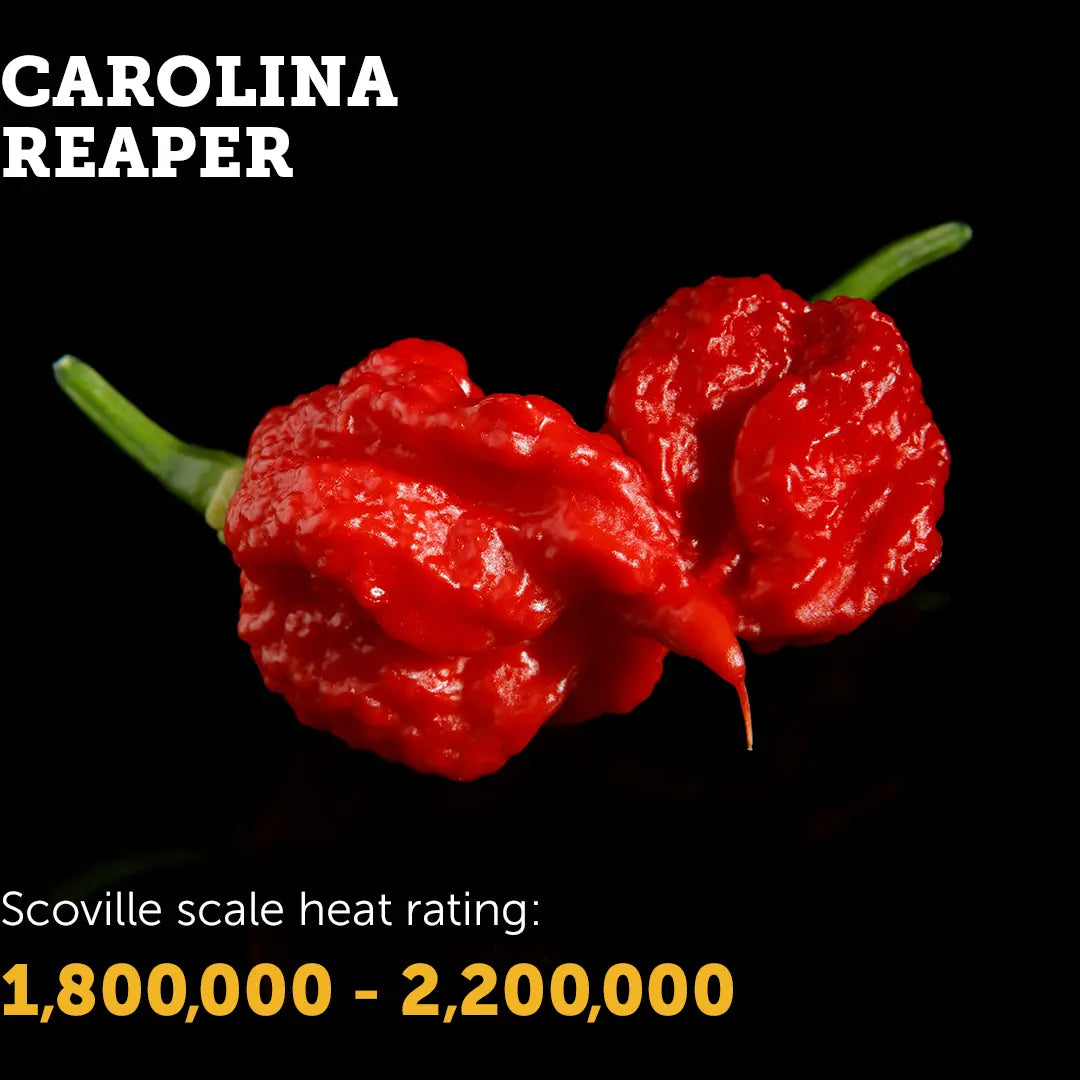
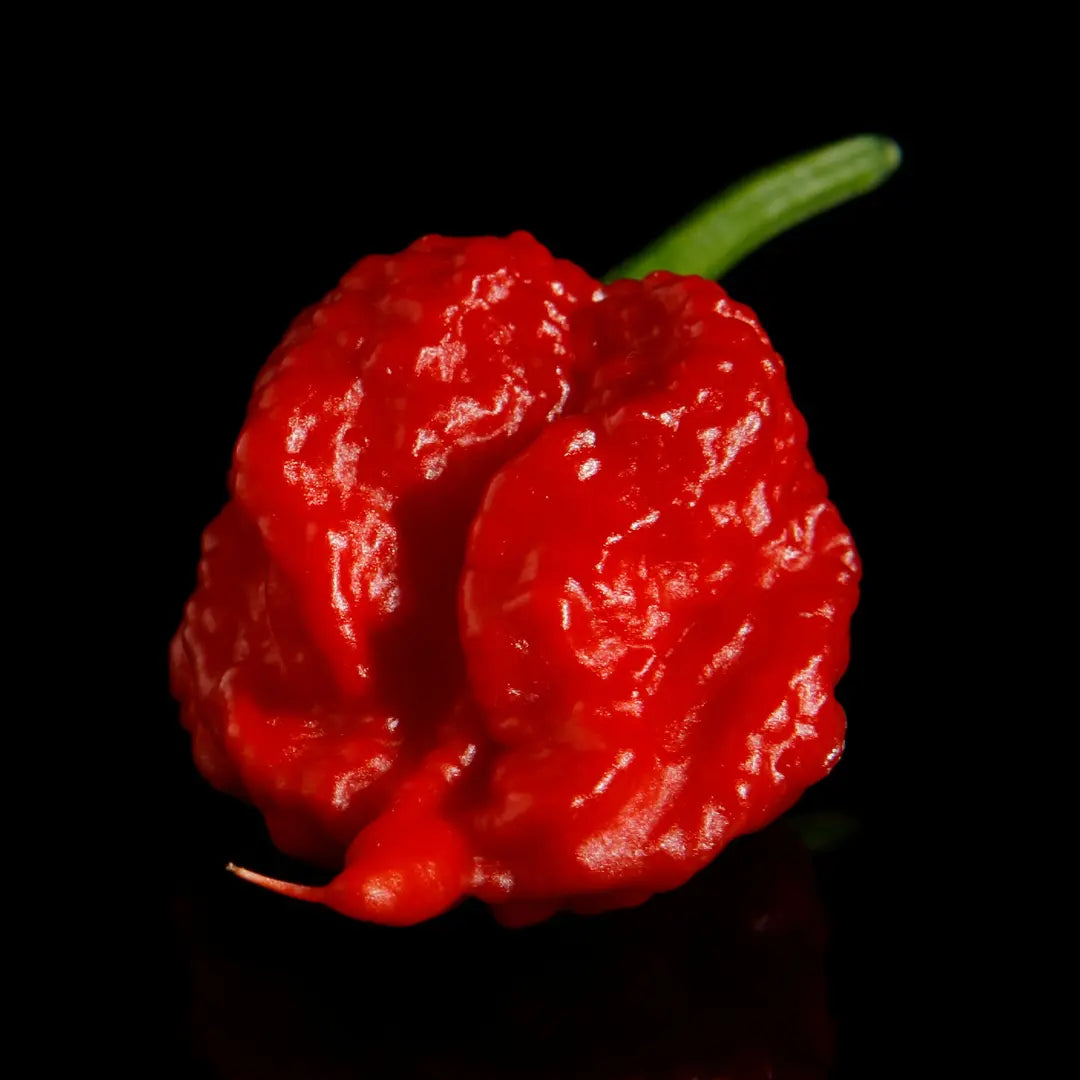
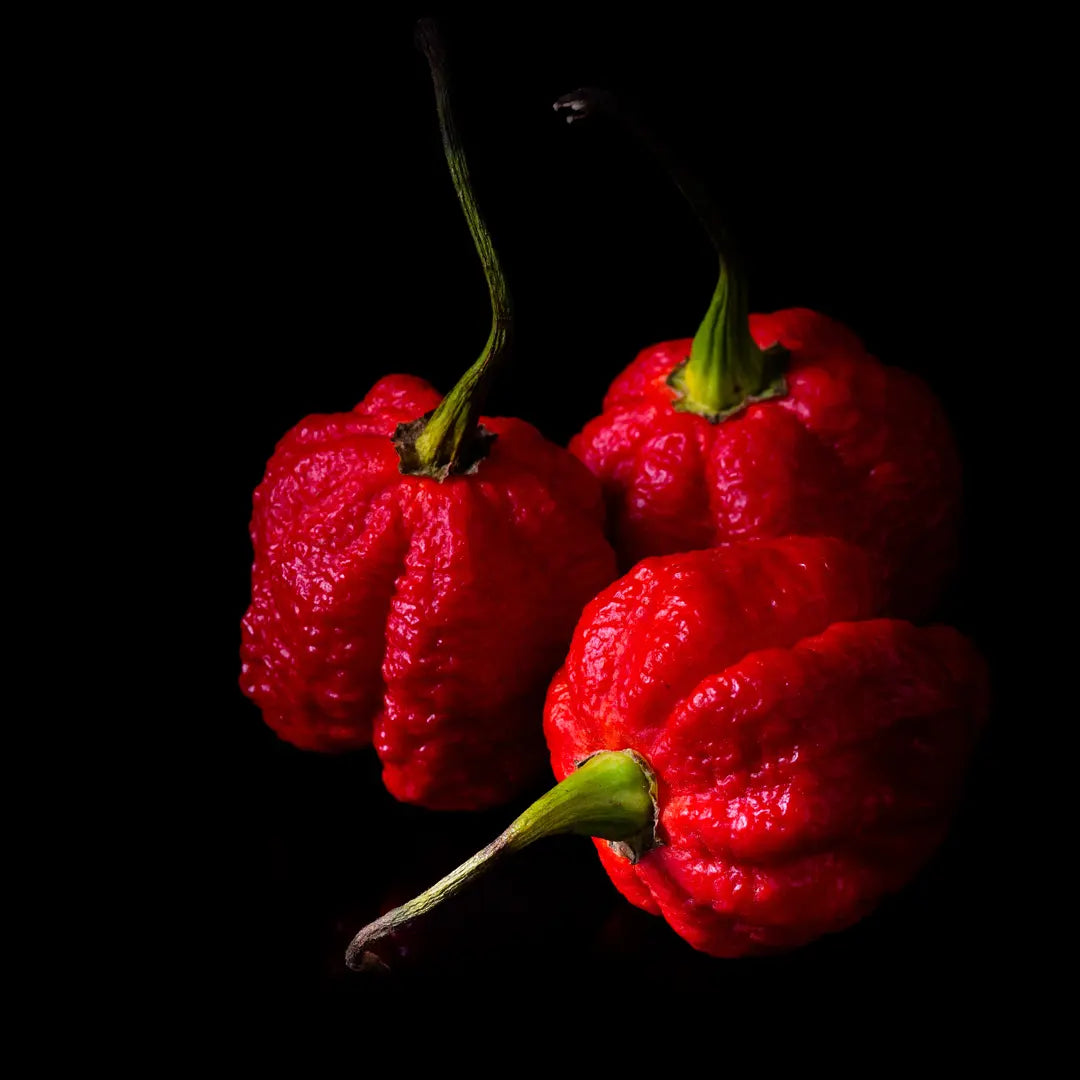
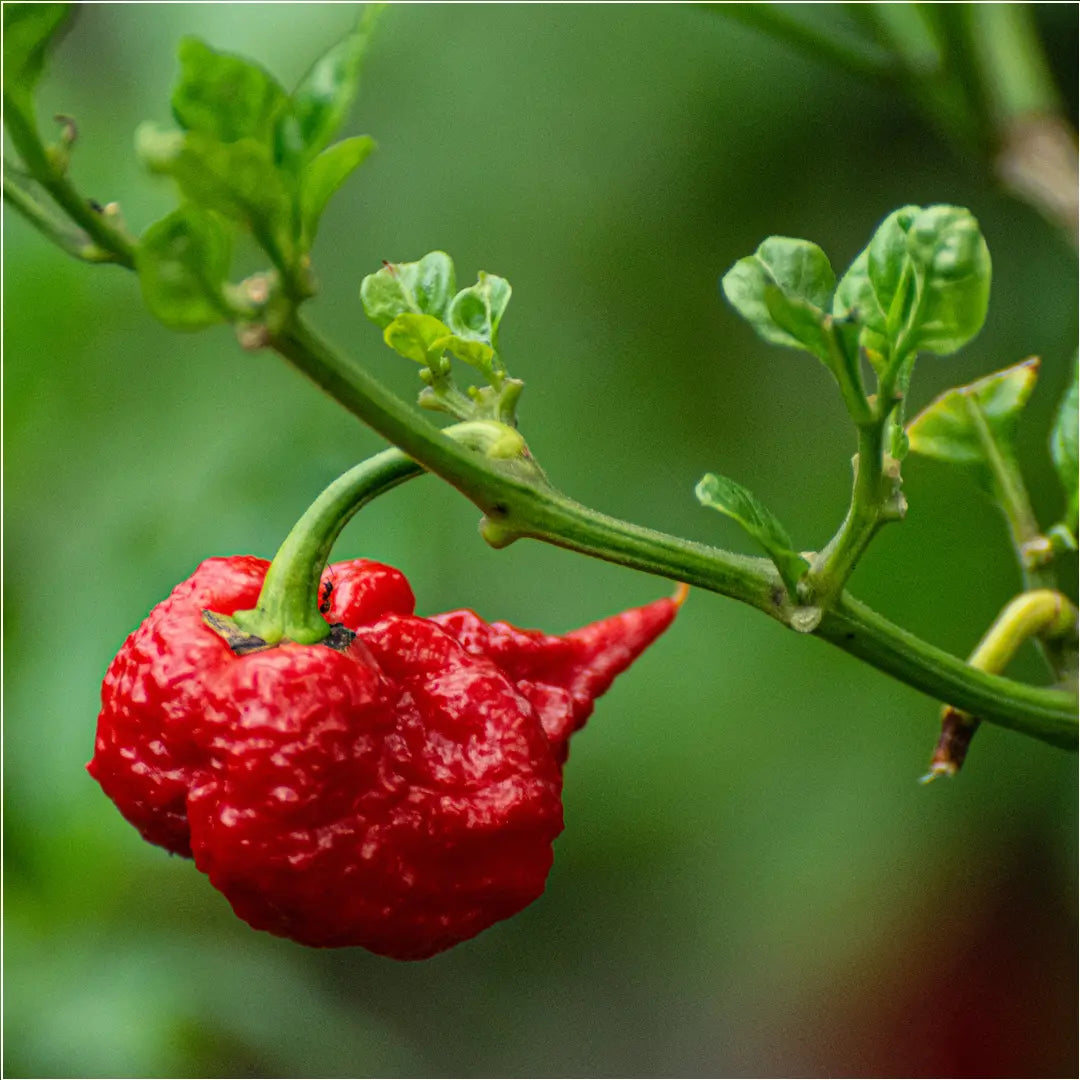
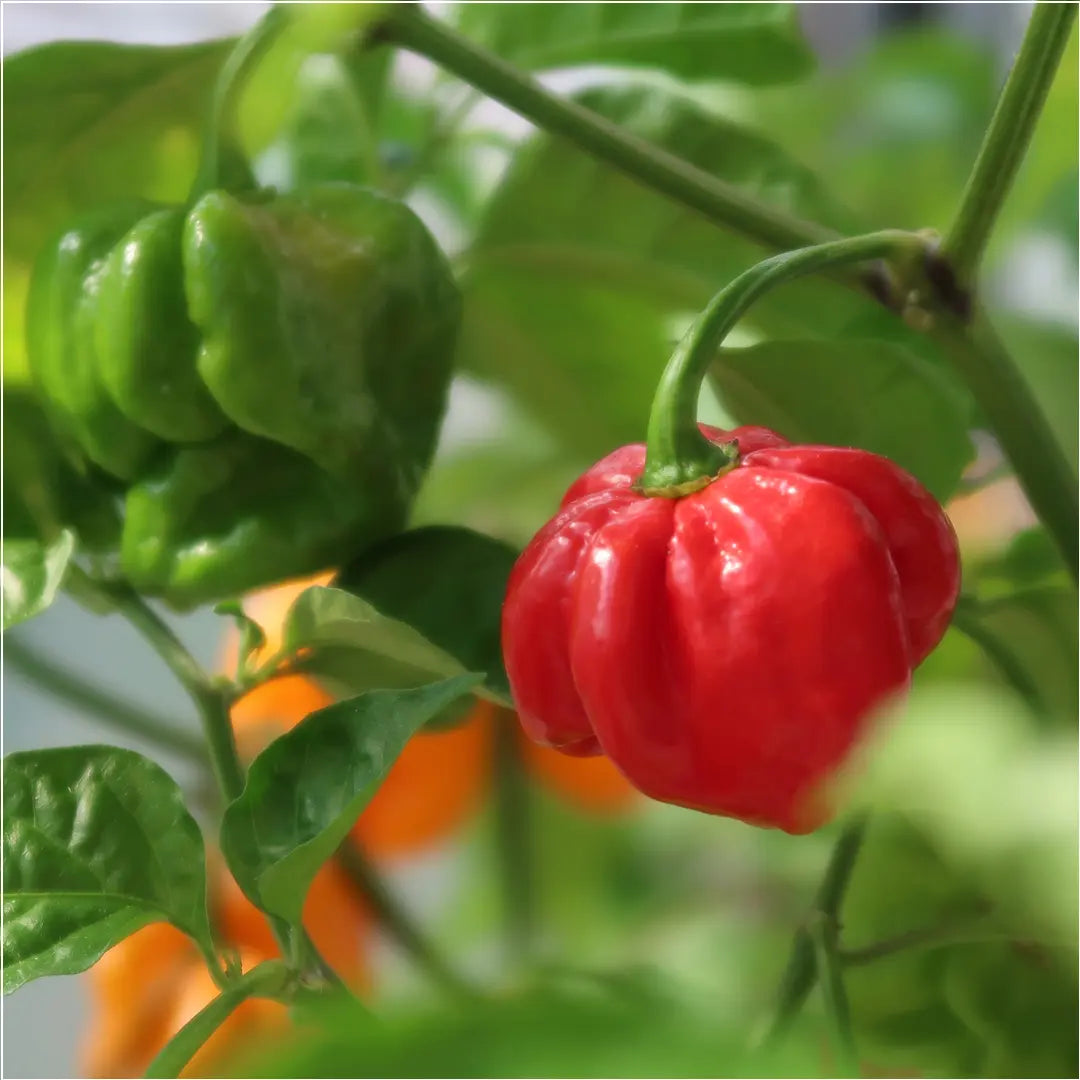
I bought 2 packs of the reapers and was really impressed with how they were packaged, came with a little guide to grow them. I'm hoping to have some growing in the spring
I bought 2 packs of the reapers and was really impressed with how they were packaged, came with a little guide to grow them. I'm hoping to have some growing in the spring





